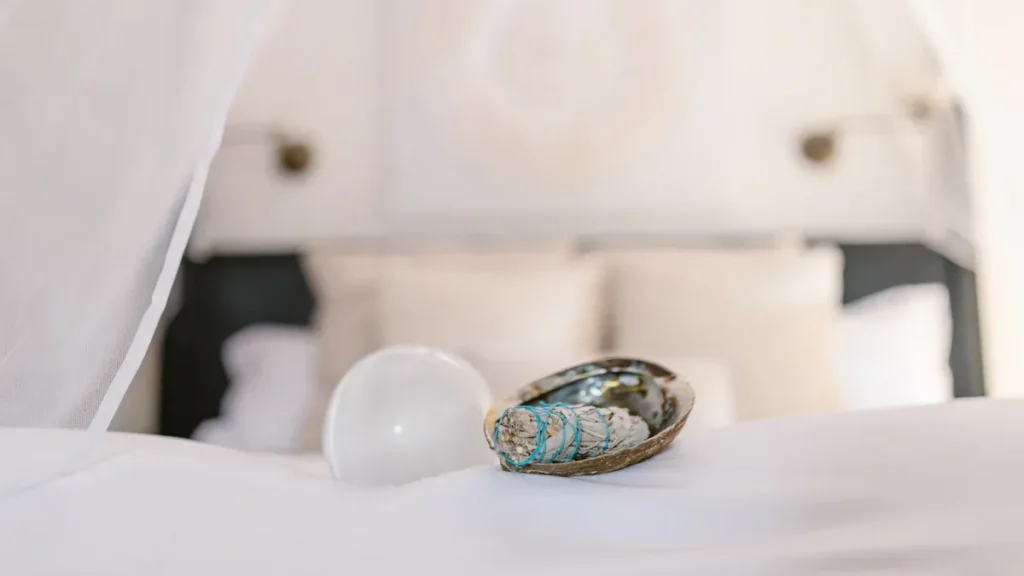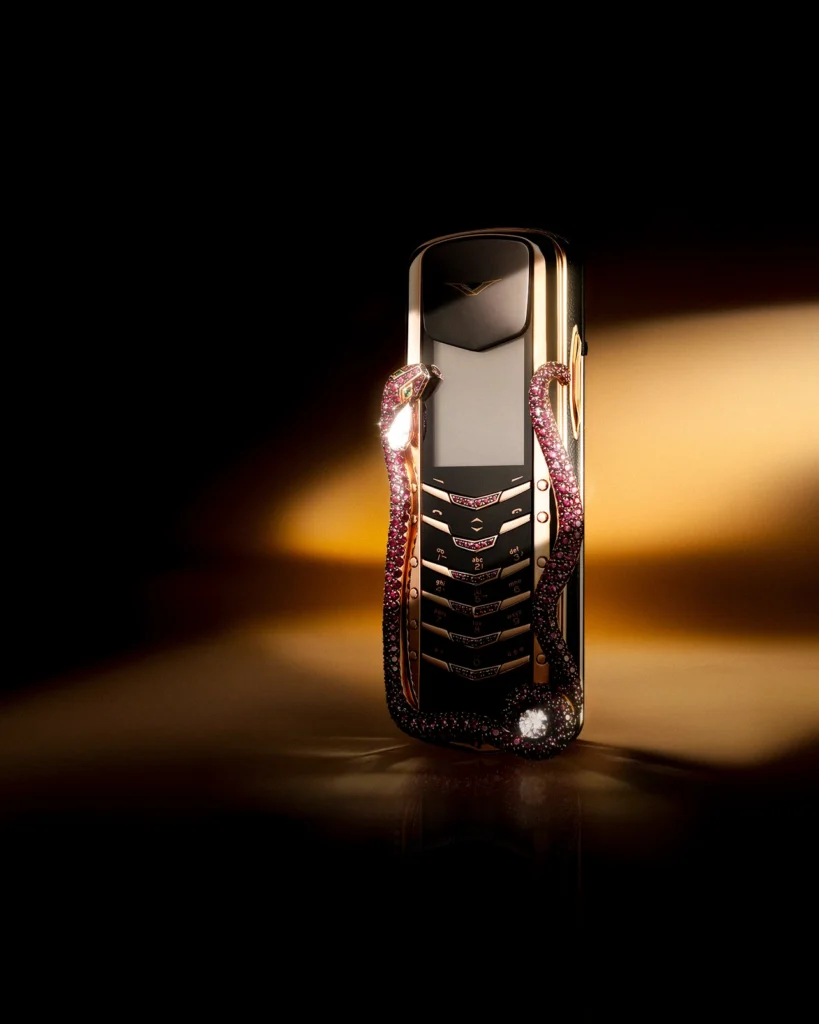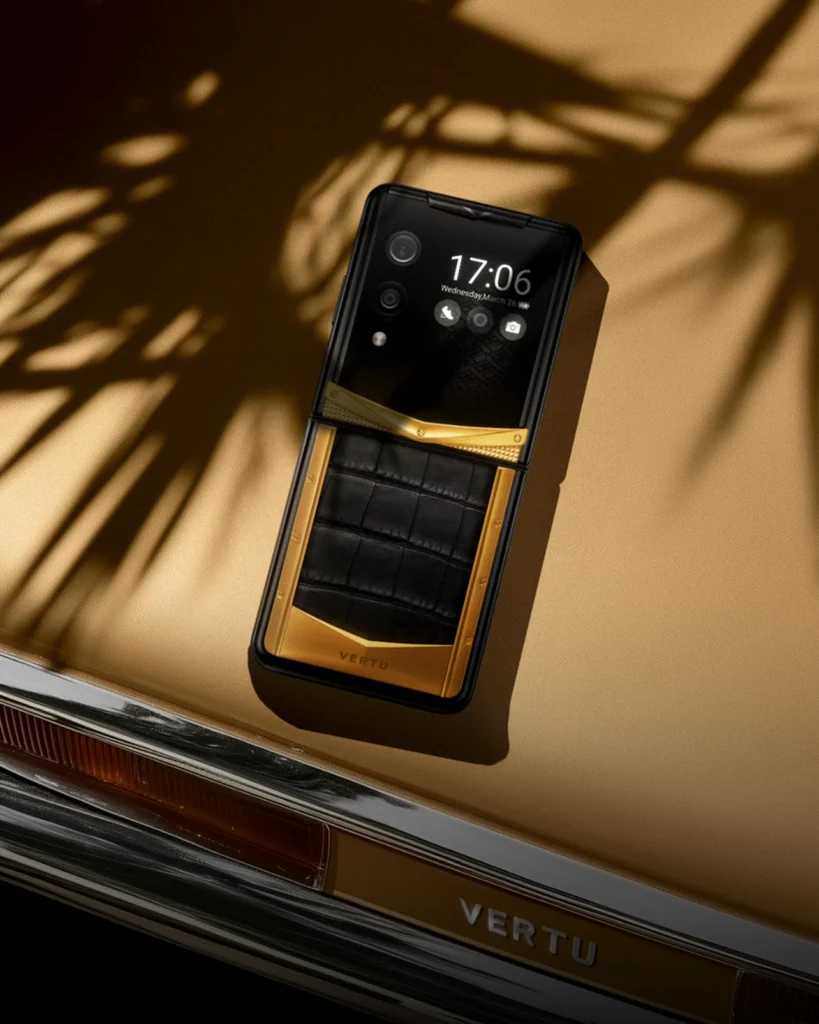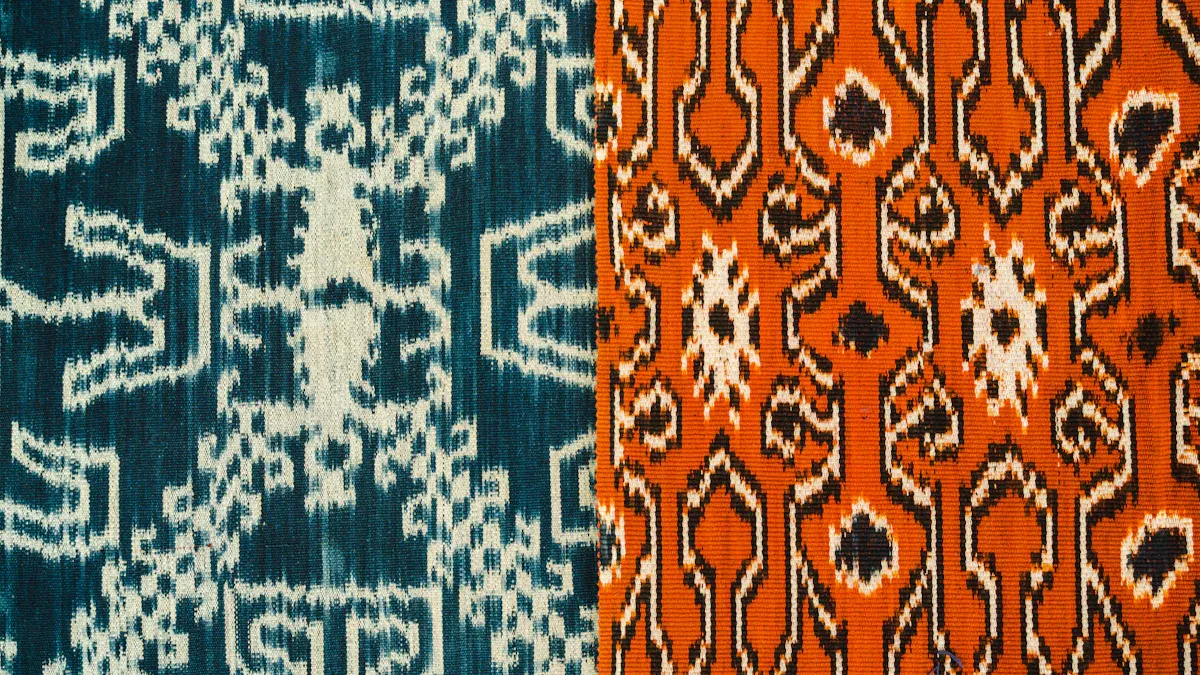
You need to know the top luxury materials as a designer in 2025. These luxury materials set your work apart and help you reach creative and commercial success. Quality, rarity, craftsmanship, and innovation make a material luxurious. Staying updated on luxury materials keeps you ahead in the market. The global luxury goods market expects revenue of USD 418.89 billion by 2028, with a 6.4% CAGR from 2023-2028.
|
Data Point |
Statistic |
Year/Period |
|---|---|---|
|
Projected global luxury goods market revenue |
USD 418.89 billion |
2028 |
|
Online sales proportion in luxury goods market |
18.2% |
2027 |
|
Market CAGR (Compound Annual Growth Rate) |
6.4% |
2023-2028 |
|
United States luxury goods market revenue |
USD 77.82 billion |
N/A |
|
Louis Vuitton brand value |
USD 124.27 billion |
2022 |
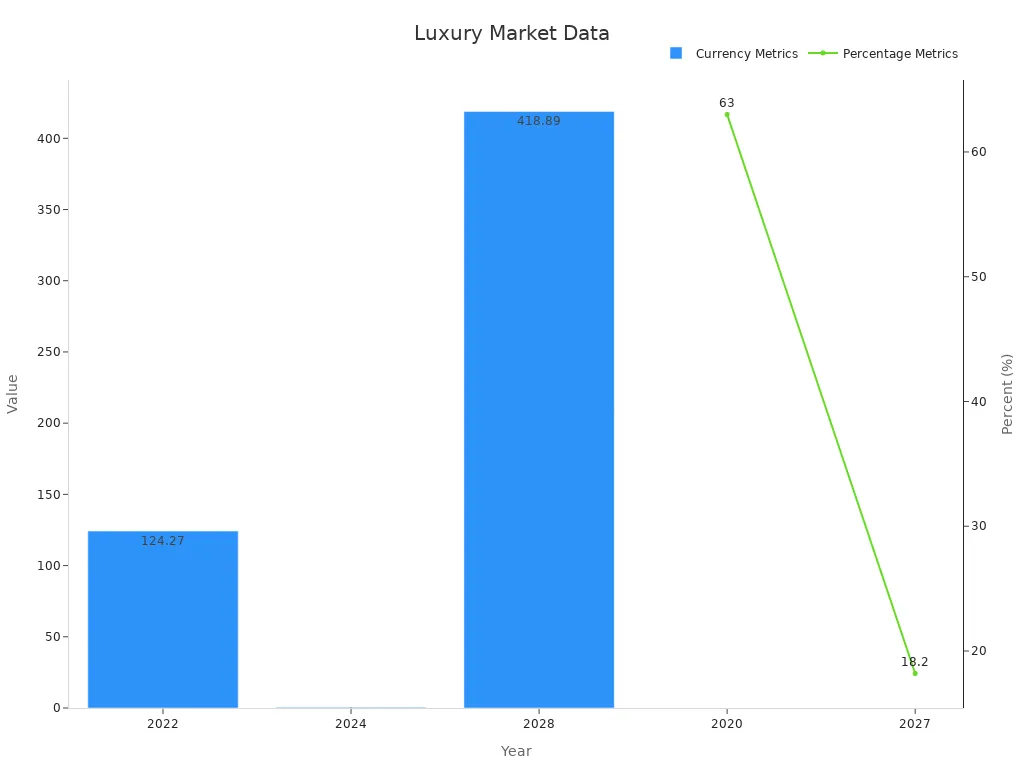
Key Takeaways
-
Luxury fabrics combine rare natural fibers and innovative technology to create beautiful, durable materials that set your designs apart.
-
High-quality luxury fabrics like silk, cashmere, and vicuña offer softness, strength, and exclusivity, but always check for authenticity and ethical sourcing.
-
Sustainable luxury fabrics are growing fast, with brands using eco-friendly materials and circular business models to protect the planet.
-
Advanced technology helps create unique luxury fabrics and improves quality, traceability, and resource efficiency in production.
-
Proper care, including professional dry cleaning and following care labels, keeps luxury fabrics looking their best and lasting longer.
Luxury Materials
Defining Luxury Fabrics
You see luxury materials everywhere in the world of design. These materials include both traditional textiles and new, innovative options. Designers often choose luxury fabrics for their beauty, feel, and performance. You can find these fabrics in high-end textiles for fashion, interiors, and even advanced products like the VERTU QUANTUM FLIP, which uses aerospace-grade titanium alloy for strength and elegance.
Here is a quick overview of what defines luxury materials today:
|
Aspect |
Details |
|---|---|
|
Traditional Luxury Fibers |
Silk, wool, linen, and cashmere stand out for softness, strength, and elegance. |
|
Innovative Fabrics |
Synthetics like advanced polyester mimic natural fibres and add new features. |
|
Market Segments |
Interior (curtains, upholstery) and exterior (weather-resistant, durable) fabrics. |
|
Growth Drivers |
Home improvement trends and higher spending on living spaces drive demand. |
|
Market Size & Growth |
USD 3,825.5 million in 2023; projected USD 9,089.4 million by 2030 (CAGR 11.6%). |
|
Segment Growth |
Exterior fabrics grow fastest (CAGR 12.2%), cashmere leads among natural fibres (13.9%). |
|
Distribution Channels |
Offline sales dominate, but online channels grow quickly. |
|
Regional Insights |
Europe leads, driven by luxury upgrades and hotel renovations. |
Luxury materials combine premium natural fibres with innovative technology. You get both beauty and function in every piece.
Key Qualities
You can spot luxury fabrics by looking for certain qualities:
-
High-quality raw materials, such as silk, cashmere, linen, and merino wool.
-
The origin matters. Mongolian cashmere or Italian silk often means better quality.
-
Weaving techniques play a big role. High thread density gives durability and comfort.
-
Special methods like jacquard or twill create unique textures and patterns.
-
Sensory features stand out. Look for natural sheen, softness, smoothness, and deep, even color.
-
Brands in the luxury textile industry focus on creativity and craftsmanship.
-
The luxury textile industry values both tradition and innovation. You see this in high-end textiles that blend natural fibers with new technology.
Luxury materials set the standard for excellence. You can use them to create designs that feel special and last for years.
Luxurious Fabrics List
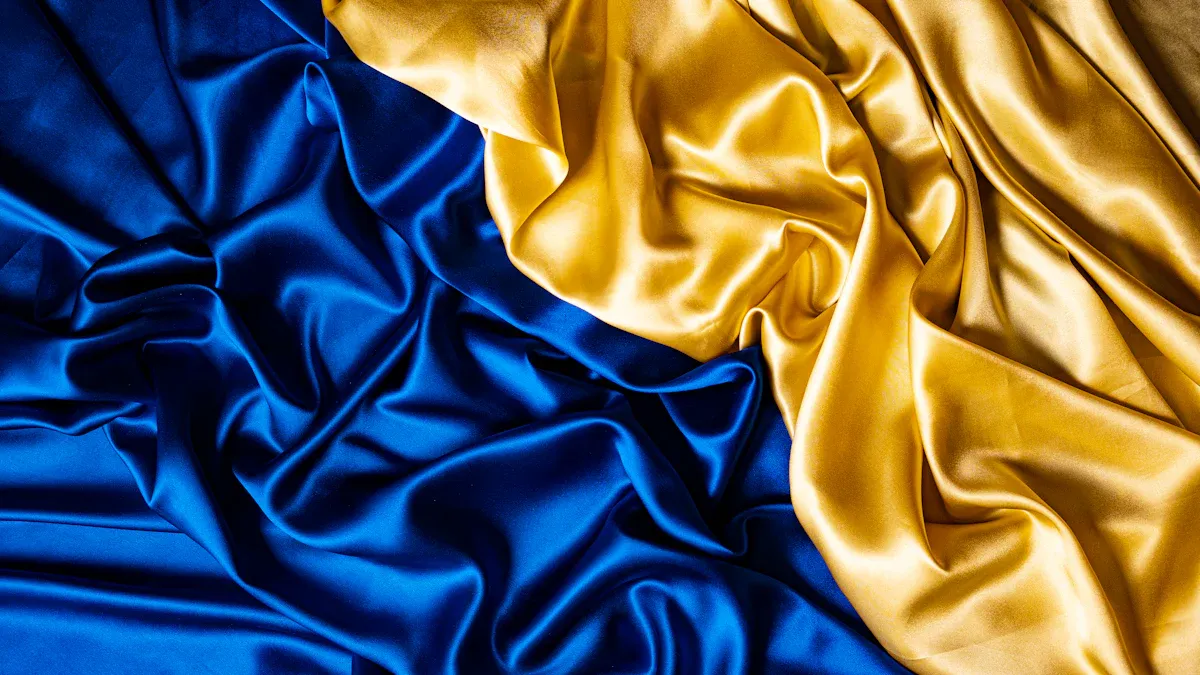
Silk
You find silk in many luxury fabrics. This natural fiber comes from silkworms. Silk feels smooth and cool against your skin. It shines with a natural luster. You see silk woven by artisans in places like China and Italy. These regions have a long history of silk production. You can use silk for dresses, scarves, and linings in high-end fashion. Silk drapes well and resists wrinkles. Many designers choose silk for haute couture fabrics. Today, you also see sustainable silk options. Some brands use organic farming and eco-friendly dyes. You can find silk woven by artisans in both traditional and modern styles.
Cashmere
Cashmere stands out as one of the most luxurious fabrics. You get cashmere from the soft undercoat of goats. Cashmere from the Himalayas is famous for its warmth and softness. You feel the difference when you touch a cashmere sweater or scarf. This fiber insulates well but stays light. You often see cashmere in sweaters, shawls, and coats. Cashmere from the Himalayas has fine fibers that make it softer than other types. You should look for pure cashmere for the best quality. Many brands now blend cashmere with other fibers for durability. You can find sustainable cashmere that supports animal welfare and local communities.
Vicuña
Vicuña is the rarest and most expensive of all luxury fabrics. You get vicuña from a wild animal that lives in the Andes mountains. Vicuña fabric from South America feels softer and lighter than any other wool. You can only collect vicuña fibers every few years, which makes them rare. Vicuña fabric from South America has a golden color and a silky touch. You see vicuña in scarves, shawls, and coats for high-end clients. Many luxury brands use vicuña for exclusive collections. You should know that vicuña is protected by law, so all products must be certified. Vicuña offers unmatched warmth and softness. You find vicuña in the collections of top designers who value rarity and quality. Vicuña remains a symbol of true luxury.
Sea Island Cotton
Sea Island cotton is one of the finest cottons in the world. You find it grown in the Caribbean. This cotton has extra-long fibers. You feel its silky texture and see its natural sheen. Sea Island cotton resists pilling and lasts for years. You see it in shirts, bed linens, and luxury underwear. Many high-end brands use Sea Island cotton for its comfort and durability. You can look for certified labels to ensure authenticity. Sea Island cotton remains a favorite for those who want softness and strength.
Mulberry Silk
Mulberry silk is the highest quality silk. You get it from silkworms that eat only mulberry leaves. This silk feels even smoother than regular silk. You see mulberry silk in luxury bedding, dresses, and accessories. Many brands use mulberry silk for its strength and shine. You can find mulberry silk in both classic and modern designs. Mulberry silk resists wrinkles and keeps its color well. You should choose mulberry silk for projects that need both beauty and durability.
Merino Wool
Merino wool comes from Merino sheep. You find these sheep in Australia and New Zealand. Merino wool feels soft and does not itch. You see it in suits, sweaters, and sportswear. Merino wool keeps you warm but breathes well. Many designers use Merino wool for its comfort and versatility. You can find sustainable Merino wool from farms that protect animal welfare. Merino wool blends well with other fibers for added strength.
Mohair
Mohair comes from the Angora goat. You feel its silky and shiny texture. Mohair resists wrinkles and keeps its shape. You see mohair in suits, scarves, and upholstery. Many luxury brands use mohair for its luster and durability. Mohair blends well with wool for added softness. You can find mohair in both classic and modern designs. Mohair remains a top choice for high-end fabrics.
Alpaca
Alpaca fiber comes from alpacas in South America. You feel its softness and warmth. Alpaca resists water and does not pill easily. You see alpaca in sweaters, coats, and blankets. Many designers use alpaca for its lightweight feel. Alpaca comes in many natural colors. You can find sustainable alpaca from farms that protect the environment. Alpaca offers both comfort and style.
Belgian Linen
Belgian linen is known for its quality and strength. You get it from flax plants grown in Belgium. Belgian linen feels cool and crisp. You see it in tablecloths, bedding, and summer clothing. Many luxury brands use Belgian linen for its durability. Belgian linen softens with each wash. You can find Belgian linen in both traditional and modern styles. Belgian linen remains a favorite for those who want natural luxury.
Velvet
Velvet stands out among luxurious fabrics. You feel its soft, plush surface. Velvet comes from silk, cotton, or synthetic fibers. You see velvet in evening gowns, upholstery, and drapes. Many designers use velvet for its rich color and texture. Velvet absorbs light, giving it a deep, elegant look. You can find sustainable velvet made from recycled materials. Velvet remains a symbol of luxury in both fashion and interiors.
Brocade
Brocade is one of the most decorative luxury fabrics. You see brocade woven with raised patterns, often in gold or silver threads. Brocade comes from silk, cotton, or synthetic fibers. You find brocade in evening wear, jackets, and home décor. Many designers use brocade for its rich texture and bold designs. Brocade has a long history in royal and ceremonial clothing. You can find brocade in both classic and modern patterns. Brocade remains a top choice for statement pieces. Brocade stands out in high-end fashion and interiors. Brocade offers both beauty and strength. Brocade often features floral or geometric motifs. Brocade is popular in luxury accessories. Brocade blends tradition with innovation. Brocade continues to inspire designers. Brocade is a must-know for anyone working with luxury fabrics.
Chantilly Lace
Chantilly lace comes from France. You see its fine, delicate patterns. Chantilly lace feels soft and light. You find it in bridal gowns, lingerie, and evening wear. Many designers use Chantilly lace for its elegance. Chantilly lace often features floral designs. You can find Chantilly lace in both classic and modern styles. Chantilly lace remains a favorite for romantic looks.
Organza
Organza is a sheer, lightweight fabric. You see organza made from silk or synthetic fibers. Organza feels crisp and holds its shape well. You find organza in evening gowns, bridal wear, and decorations. Many designers use organza for its airy look. Organza layers well with other fabrics. You can find sustainable organza made from recycled materials. Organza adds volume and drama to any design.
Taffeta
Taffeta is a crisp, smooth fabric. You see taffeta made from silk or synthetic fibers. Taffeta rustles when you move. You find taffeta in evening dresses, skirts, and linings. Many designers use taffeta for its shine and structure. Taffeta holds its shape well. You can find taffeta in many colors and patterns. Taffeta remains a classic choice for formal wear. Taffeta offers both beauty and durability.
Chiffon
Chiffon is a light, sheer fabric. You see chiffon made from silk or synthetic fibers. Chiffon feels soft and flows easily. You find chiffon in dresses, scarves, and blouses. Many designers use chiffon for its delicate look. Chiffon layers well with other fabrics. You can find sustainable chiffon made from recycled materials. Chiffon adds movement and grace to any design.
Suede
Suede is a type of leather with a soft, brushed surface. You get suede from the underside of animal hides. Suede feels smooth and velvety. You see suede in jackets, shoes, and bags. Many designers use suede for its casual elegance. Suede absorbs color well. You can find sustainable suede made from eco-friendly processes. Suede remains a popular choice for luxury accessories.
Exotic Leather
Exotic leather comes from rare animals like crocodiles, ostriches, and snakes. You feel its unique textures and patterns. Exotic leather stands out in bags, shoes, and belts. Many luxury brands use exotic leather for statement pieces. Exotic leather requires special care. You can find certified exotic leather that meets ethical standards. Exotic leather remains a symbol of status and exclusivity.
Tweed
Tweed is a rough, woolen fabric. You see tweed woven in patterns like herringbone or checks. Tweed feels warm and sturdy. You find tweed in jackets, suits, and hats. Many designers use tweed for its classic look. Tweed resists water and wears well. You can find sustainable tweed made from recycled wool. Tweed remains a favorite for timeless style.
Satin
Satin is a smooth, glossy fabric. You see satin made from silk or synthetic fibers. Satin reflects light and feels cool to the touch. You find satin in evening gowns, lingerie, and linings. Many designers use satin for its shine and elegance. Satin drapes well and resists wrinkles. You can find sustainable satin made from recycled materials. Satin remains a top choice for luxury fabrics. Satin adds glamour to any design.
Jacquard
Jacquard is a fabric with complex woven patterns. You see jacquard made from silk, cotton, or synthetic fibers. Jacquard feels textured and looks rich. You find jacquard in upholstery, drapes, and fashion. Many designers use jacquard for its bold designs. Jacquard patterns do not fade easily. You can find sustainable jacquard made from eco-friendly fibers. Jacquard offers both beauty and durability.
Tip: When you choose luxury fabrics, always check for authenticity and ethical sourcing. This ensures you get the best quality and support responsible practices.
Most Expensive Fabrics
Rarity and Value
You often hear about the most expensive fabrics in the world. These fabrics stand out because of their rarity, quality, and the skill needed to produce them. Vicuña is one of the most expensive fabrics you can find. This fiber comes from a wild animal in the Andes. You only collect vicuña wool every few years, which makes it rare and valuable. The soft feel and golden color make vicuña a favorite for luxury designers. You see vicuña used in scarves, shawls, and coats for the highest-end clients.
Sea Island cotton is another name you should know. This cotton grows in the Caribbean and has extra-long fibers. You feel its silky texture and see its natural shine. Sea Island cotton is one of the most expensive fabrics because it is hard to grow and harvest. Only a small amount is produced each year.
Cashmere also ranks among the most expensive fabrics. You get cashmere from the undercoat of goats, mostly in the Himalayas. The fine fibers make cashmere soft and warm. You find cashmere in sweaters, scarves, and coats that last for years. The best cashmere comes from goats raised in cold climates, which makes it rare and costly.
Designers choose the most expensive fabrics for their beauty, comfort, and status. These fabrics show your commitment to quality and exclusivity.
Sourcing Tips
You want to make sure you get authentic, high-value luxury fabrics for your projects. The most expensive fabrics often come with certificates of origin or special labels. Always check for these when you buy vicuña, cashmere, or Sea Island cotton. You should work with trusted suppliers who have a strong reputation.
-
Authenticity links to brand identity, design signature, and heritage.
-
Luxury brands keep their heritage even when they innovate.
-
Consumers pay more for quality and craftsmanship.
-
Key traits include uniqueness, creativity, and brand reputation.
-
The top luxury market tier values artisanal quality and uniqueness.
A recent report shows that 77.5% of consumers will pay more for traceable products. This trend applies to the most expensive fabrics as well. You should look for suppliers who offer full supply chain transparency. Traceability helps you prove the authenticity of vicuña, cashmere, and other rare materials.
Tip: Always ask for documentation and traceability when sourcing the most expensive fabrics. This protects your brand and ensures you deliver true luxury to your clients.
You can use this table to help you check for authenticity:
|
Fabric |
What to Check For |
Trusted Origins |
|---|---|---|
|
Vicuña |
Certification, legal sourcing |
Peru, Bolivia |
|
Sea Island Cotton |
Certified label, fiber length |
Caribbean |
|
Cashmere |
Origin certificate, fiber fineness |
Mongolia, Himalayas |
You set your designs apart when you choose the most expensive fabrics with care and knowledge.
Luxury Fabric Trends
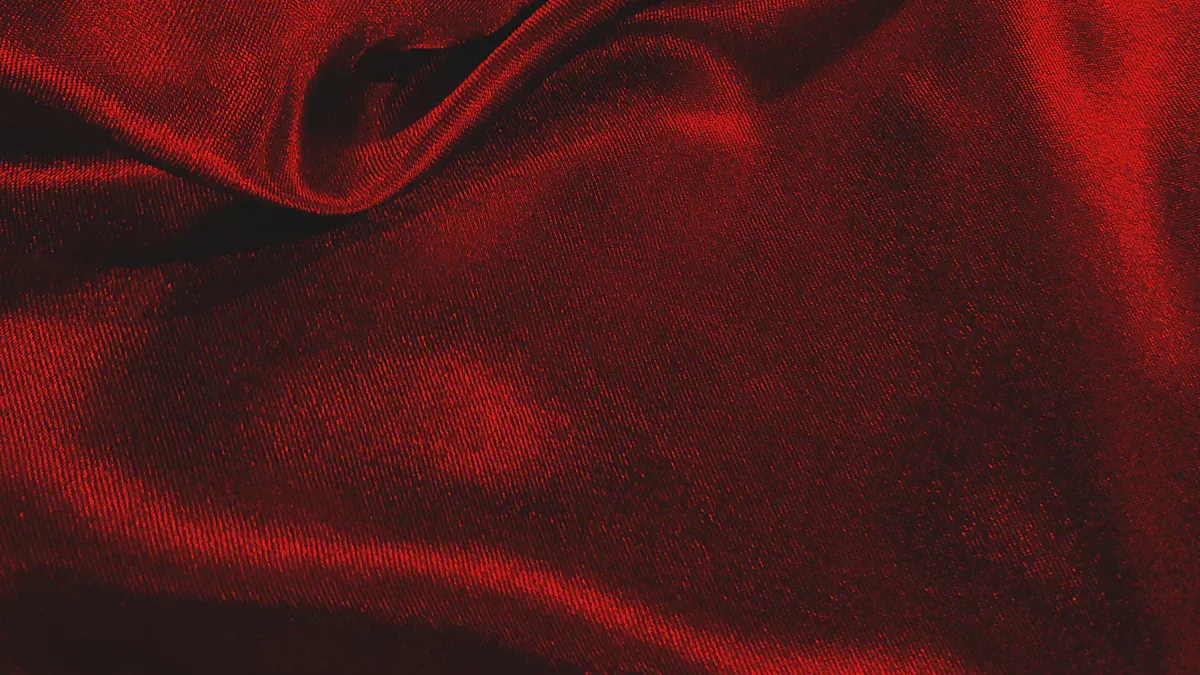
Sustainable Luxury
You see a big shift in the world of luxury fabric trends. Many designers now choose sustainable materials to meet growing demand for eco-friendly fashion. You find new fabrics made from milk proteins, recycled PET bottles, and banana fibers. These options help reduce waste and protect the planet. Brands also use circular business models, such as take-back schemes and rental services, to keep products in use longer.
The market for sustainable luxury materials is growing fast. You can see this in the numbers:
|
Aspect |
Data / Trend |
|---|---|
|
Market Size (2024) |
|
|
Projected Market Size (2033) |
USD 33.1 billion |
|
CAGR (2024-2033) |
22.9% |
|
Organic Fabrics Market Share |
39.5% in 2023 |
|
Apparel Segment Market Share |
45.5% in 2023 |
|
Online Distribution Share |
39.8% in 2023 |
You notice that major brands like Gucci, Nike, and Adidas lead the way. They use renewable energy and reduce water and energy use in production. You also see more online stores sharing details about how they make their products. This helps you trust their commitment to sustainability.
Note: High costs and new technology can make it hard for everyone to switch to sustainable materials, but the trend keeps growing.
Technological Innovation
You watch technology change the way luxury materials are made and used. Designers now use advanced weaving, digital printing, and smart textiles to create unique looks. Some fabrics can even change color or react to your touch. You see brands using AI and automation to improve quality and speed.
The VERTU QUANTUM FLIP shows how innovation sets new standards in luxury. This smartphone uses aerospace-grade titanium alloy, blending strength and elegance. You find the same spirit in luxury fabrics that combine tradition with the latest technology.
You see more brands using technology to track where materials come from. This helps you know that your fabric is real and made the right way. Technology also helps reduce waste and save resources during production.
Tip: Stay updated on new technology in textiles. It helps you create designs that stand out and last longer.
Selecting Luxury Fabrics
Choosing the Right Material
You want your designs to stand out, so you need to choose the right luxury fabric for each project. Start by asking for fabric swatches and sample yardage. Test these samples for shrinkage, colorfastness, and how they feel after washing. You can run wear tests to see how the fabric holds up over time. Some designers use third-party labs to check fabric quality and make sure it meets industry standards.
Build strong relationships with your suppliers. When you know your supplier well, you get better prices and access to rare fabrics. If you can, visit the supplier in person to see how they make the fabric. This helps you check the quality and the production process. Always look for certifications like GOTS or OEKO-TEX if you want sustainable options. These labels show that the fabric meets high environmental and safety standards.
You can also use supplier performance data from platforms like Shopify. This data helps you see which suppliers deliver on time and which fabrics sell best. If you want to reduce waste, consider using deadstock or surplus fabrics. These materials add exclusivity to your collection and help the environment.
Tip: Negotiate minimum order quantities with your supplier, especially if you run a small brand.
Care and Maintenance
Luxury fabrics need special care to keep them looking their best. Professional dry cleaning works well for materials like leather, silk, satin, and wool. Dry cleaning uses gentle solvents that protect delicate fibers and keep the garment’s shape. For leather, regular professional cleaning stops cracking, fading, and dirt buildup. Leather-specific agents help keep the natural oils in the material.
Silk and satin benefit from dry cleaning because it prevents shrinking and keeps their shine. Wool can shrink or pill if you wash it at home, so dry cleaning helps it keep its shape and warmth. At home, avoid high heat and skip fabric softeners. Wash luxury fabrics only when needed to make them last longer.
|
Fabric Type |
Best Care Method |
Extra Tips |
|---|---|---|
|
Leather |
Professional cleaning |
Use leather-specific products |
|
Silk |
Dry cleaning |
Avoid direct sunlight |
|
Satin |
Dry cleaning |
Store flat to prevent creasing |
|
Wool |
Dry cleaning |
Brush gently to remove surface dirt |
Note: Always read the care label before cleaning any luxury fabric. This helps you avoid damage and keeps your pieces beautiful for years.
You set yourself apart as a designer when you master luxury fabrics. Staying curious helps you discover new materials and trends. Try both classic and modern fabrics in your work. Keep learning by talking to suppliers, visiting textile fairs, or testing new textiles.
Remember: Great design starts with the right fabric. Stay informed, keep experimenting, and let your creativity lead the way.
FAQ
What makes a fabric “luxury”?
Luxury fabrics use rare or high-quality fibers. You notice their softness, shine, and durability. Skilled artisans often craft these materials. Brands choose them for their beauty and lasting value.
How can you tell if a luxury fabric is authentic?
You should check for certificates, labels, or trusted supplier information. Many luxury fabrics come with documentation. Ask your supplier for proof of origin or quality.
What is the best way to care for luxury fabrics?
You should follow the care label. Dry cleaning works best for silk, wool, and leather. Store fabrics away from sunlight. Use gentle cleaning products.
Are sustainable luxury fabrics available?
Yes, you can find sustainable options. Many brands now use organic fibers, recycled materials, or eco-friendly dyes. Look for certifications like GOTS or OEKO-TEX.
Which luxury fabric trends should you watch in 2025?
You will see more sustainable materials, smart textiles, and innovative blends. Brands use technology to improve quality and traceability. Stay updated to keep your designs fresh.

